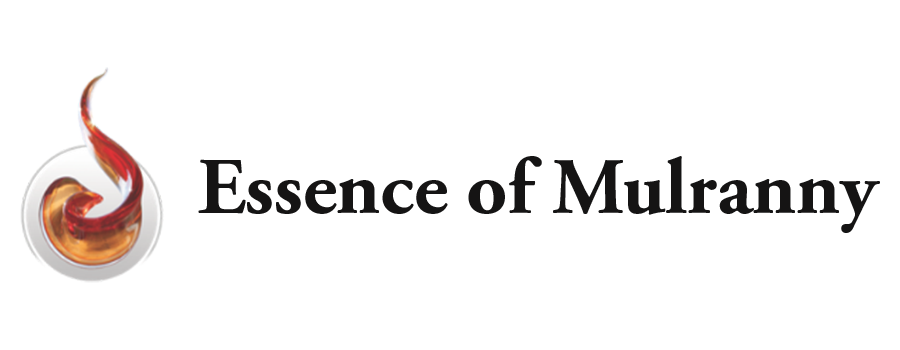Bridget Benton
Bridget Benton
Bridget Benton has always been drawn to mediums that support working intuitively and building layers - printmaking, photography and collage, fiber, and assemblage. In 2006, she began incorporating encaustic into her work, and found her “perfect medium.” In 2010, after being invited to teach encaustic at the annual Nature Printing Society workshop, Bridget began to incorporate more and more nature print and nature-focused monotype into her encaustic paintings. Bridget also uses large-scale image transfers of her photographs in her work, and in 2019, received a grant from the International Encaustic Artists to explore alternatives to toner copy image transfer.
These three elements - photography, nature print, and encaustic - form the foundation for most of her work. With a collage sensibility and a love of color, she uses unusual juxtapositions of objects, symbols, and materials to explore themes of home, connection, belonging and memory. While she most often works intuitively, meaning and stories emerge that are at once deeply personal and surprisingly universal.
Benton’s passion as a teacher is helping people discover and develop their own creative voice. Her workshops focus on techniques and processes that facilitate self-discovery and creative exploration. Her workshop-in-a-book, The Creative Conversation: ArtMaking as Playful Prayer, is a guide to creating flow in your creative work and building intuitive artmaking skills. In 2012, the book was awarded a Nautilus Book Award Gold Medal as the best book of the year on Creative Process. Bridget Benton holds a BA in Studio Art and an MS in Creative Studies.
Bridget currently lives in Asheville, NC with her husband, two step-daughters, and large coffee mug collection. She is a resident artist and the lead encaustic instructor at 310 Art in the historic River Arts District.
You can view Bridget’s work at:
Class Details
Water & Wax
Join me for this delightful experiment in working with watercolors and other watersoluble media – under, between, and on top of - your layers of encaustic! This can be a simple way to start a piece, or to add marks and tones in intermediate layers. You get the luminosity that is so characteristic of both watercolor and encaustic, while getting the depth and texture that is so unique to encaustic.
I started experimenting with this as a way of building fluid backgrounds. As I continued to work with watercolor and wax, I found that I could also use water media between layers! Adding in peel and stick frisket allowed me to mask off areas and then build them up later using image transfer or heavily textured encaustic. Utilizing these processes allows me to create more depth more quickly.
Topics covered include: the kinds of water soluble media that work well under encaustic, substrates that work with both encaustic and watercolor, preparing your substrate for a mix of watercolor and wax, working with masking materials, and tips for building layers of encaustic and water media.
Mask-erade: Stenciling & Masking
Join the party and prepare yourself to dive into the stencil smorgasbord! Ready-made or hand-made, stencils open up a world of possibilities with encaustic. They can help you add pattern and texture to your paintings, control your paint, and introduce a repeated motif or image.
We’ll cover all of these different ways of using a stencil with encaustic as well as the difference between stencils and masks, what makes a good stencil for use with encaustic, techniques for applying encaustic through a stencil and fusing, building texture with a stencil, designing and cutting your own stencils, cleaning your stencils, and – perhaps most importantly – how to use stencils in such a way that they become a part of your painting and enhance it rather than looking “stuck on” and dominating it.





